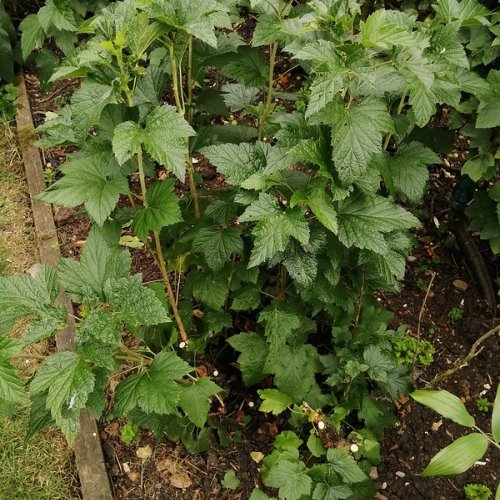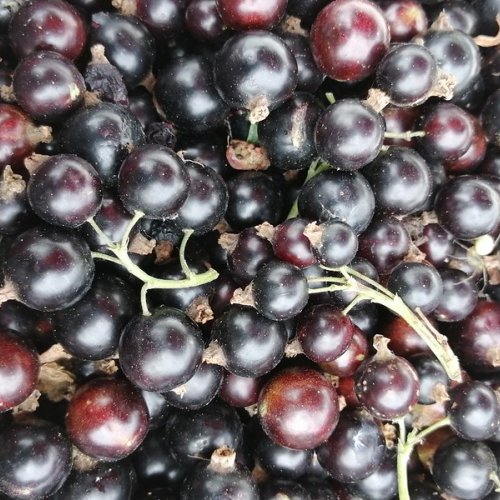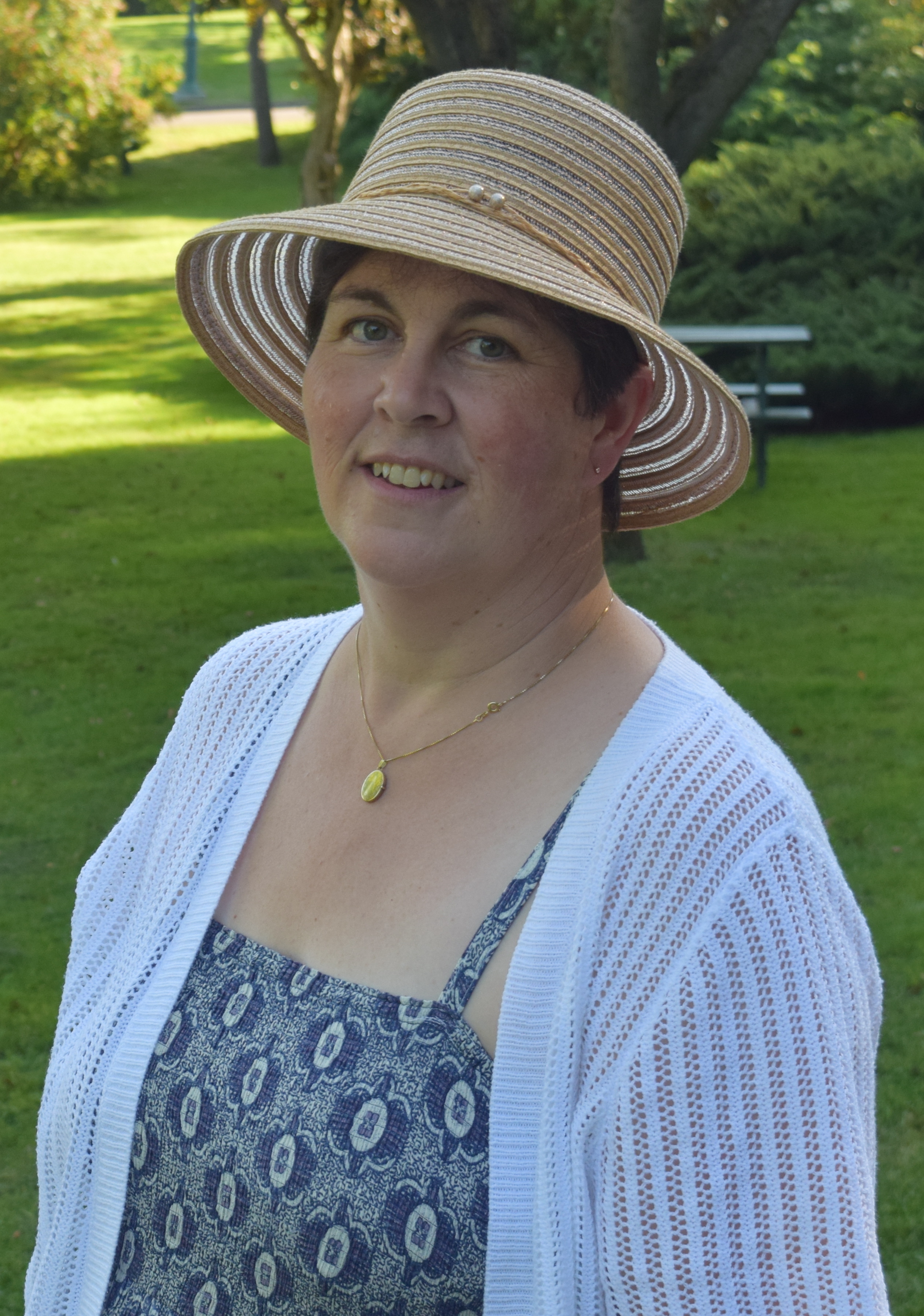The juicy, dark berries are particularly high in vitamin C, famously being the key ingredient in Ribena, which is marketed on this virtue. Growing your own gives you the multiple benefits of improving your diet, while getting fresh air and exercise. Add to this the bliss of eating your own crop, warm from the bush, knowing that they have never been sprayed or fed on chemical fertilisers. Blackcurrants are also very easy to freeze, giving you a cheap supply all year round.
One bush only takes up a square metre of ground, is easy to maintain and can produce 4-5 kilos of delicious and highly nutritious fruit a season. To put that in perspective, supermarket berries cost upwards of £11 per kilo fresh and £4-5 per kilo frozen. The fresh ones are particularly expensive, as they are easily bruised so difficult to transport, and they have a very short shelf life. The longer soft fruit spends in storage or transportation, the less nutrient rich it is. Ironically, fresh berries may have a lower nutritional value than frozen ones, which are picked and processed very quickly, often on the farm.
Have you ever wondered why some of your fruit for ripening at home never does, going straight from hard to rotten? This is because it has been picked before it is ripe, to aid transportation and storage, and so hasn’t have time to develop the enzymes that are needed to trigger ripening.
Non-organic berries are also one of the foods found to be highest in pesticide residues, which permeate the whole fruit and don’t wash off. You can safely eat your ripe blackcurrants warm from the bush on a sunny day and, for those that make it to your kitchen and freezer, you will know exactly how long ago they were picked.
Time and Energy Requirements
30-45 minutes. Requires moderate energy levels or a friend to help.
The most demanding tasks are clearing the ground of weeds and digging a hole. Either get a friend to help with this, or tackle it a little at a time.
See my post on low-energy ways of removing and controlling weeds.
Equipment
• A spade to dig the planting hole.
• A friend to help you carry compost and dig a hole if you can’t manage this (always use a barrow to make carrying heavy loads easier).
• A bare root blackcurrant bush. These are cheaper than container-grown plants, and are easier to establish. Because they are planted during their dormant season, they are not shocked by the move and don’t need lots of heavy watering every day to stop them dehydrating. You can plant a container grown bush at any time of year, but it will need frequent watering after planting. Plants in full leaf can be stressed as the sun dries their leaves out before their newly transplanted roots have settled into the soil. You can order bare root bushes online or find them in your local garden centre.
Either:
• A square metre of ground, preferably in full sun, but blackcurrants will tolerate dappled shade.
and
• A bag or barrow of farm manure / compost. Blackcurrants prefer well drained, moisture retentive soil. Whatever your soil type, add lots of organic matter in the form of manure or compost, which will help sandy soil hold onto the moisture and heavy clay soil drain better.
or
• A Large container, 45-50cm (18-20in) in diameter
and
• multi-purpose, peat free compost mixed with one-third by volume of horticultural grit, to help it drain ( you can order compost and grit online and have them delivered to your door).
• Pieces of broken pot/plate to cover the holes in the bottom of the pot. This keeps them clear of compost to aid drainage.




